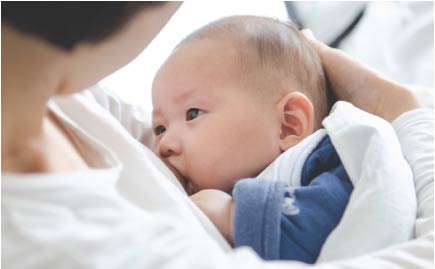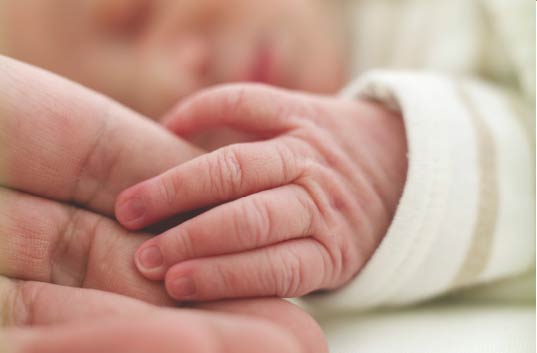Care Around the Time of Birth
 Pregnancy, labor, birth, and those early days with a newborn are memorable,
life-changing times in the lives of women and their families. Taken together,
they represent a time of great opportunity to promote and improve health,
because women and families often are greatly motivated to improve their
lives at this time. The outcomes and experiences of childbearing have
wide-ranging impact.
Pregnancy, labor, birth, and those early days with a newborn are memorable,
life-changing times in the lives of women and their families. Taken together,
they represent a time of great opportunity to promote and improve health,
because women and families often are greatly motivated to improve their
lives at this time. The outcomes and experiences of childbearing have
wide-ranging impact.
Maternity Goals
- Each woman has a comfortable, confident relationship of trust with her birth care provider(s).
- Each woman is engaged as a partner in her own care by the time she is due to give birth.
- Each woman can decide where to labor and give birth as appropriate based on her health status and that of her fetus/baby; she is free to make this choice without judgment and can change her mind without sanction.
- Low-risk women planning a hospital birth remain at home during early labor with adequate support and appropriate contact with their care team.
- All maternity caregivers have knowledge and skills necessary to enhance the innate childbearing capacities of women. Throughout labor and delivery, each woman receives the level of care that is appropriate to the needs of mother and baby.
-
 Each woman is well-supported physically and emotionally throughout labor
and birth; continuous labor support is built into maternity care.
Each woman is well-supported physically and emotionally throughout labor
and birth; continuous labor support is built into maternity care.
- Each woman has access to a full-range of evidence-based, nonpharmacologic and pharmacologic strategies for pain management appropriate to the specific birth setting. Attending staff is trained in implementing these pain management strategies.
- Providers participate in continued education to maintain their skills. Providers have access to the fullest range of evidence-based medical options to assist women with special clinical circumstances.
- To promote early attachment and initiate breastfeeding, mothers and babies are kept together for skin-to-skin bonding in the hours after birth. During that time, mother and baby receive evidence based care and support, with minimal disruption.
 Decision-Making
Decision-Making
Support for shared decision-making is built into care at every level. Shared decision-making is an ongoing, interactive process that takes place between childbearing women and their caregivers. To make fully informed decisions, women receive complete, objective information based on the best available research. This includes information about known benefits, harms, and areas of uncertainty associated with care offered to them. Women are also educated about alternatives to the care they are receiving, including the decision to avoid intervention.
Choice
 Women have the opportunity and the responsibility to make informed choices
about their care from early pregnancy through the postpartum period. The
ultimate control over choices surrounding the events of pregnancy and
birth resides primarily with the woman, who has access to the full range
of safe and effective care options, including choice of care providers,
care settings, family participation, labor companions, help with labor
pain, mode of birth, and infant feeding method. Following a supportive,
shared decision-making process, caregivers respect and honor a woman’s
informed choices and her right to change her mind.
Women have the opportunity and the responsibility to make informed choices
about their care from early pregnancy through the postpartum period. The
ultimate control over choices surrounding the events of pregnancy and
birth resides primarily with the woman, who has access to the full range
of safe and effective care options, including choice of care providers,
care settings, family participation, labor companions, help with labor
pain, mode of birth, and infant feeding method. Following a supportive,
shared decision-making process, caregivers respect and honor a woman’s
informed choices and her right to change her mind.
